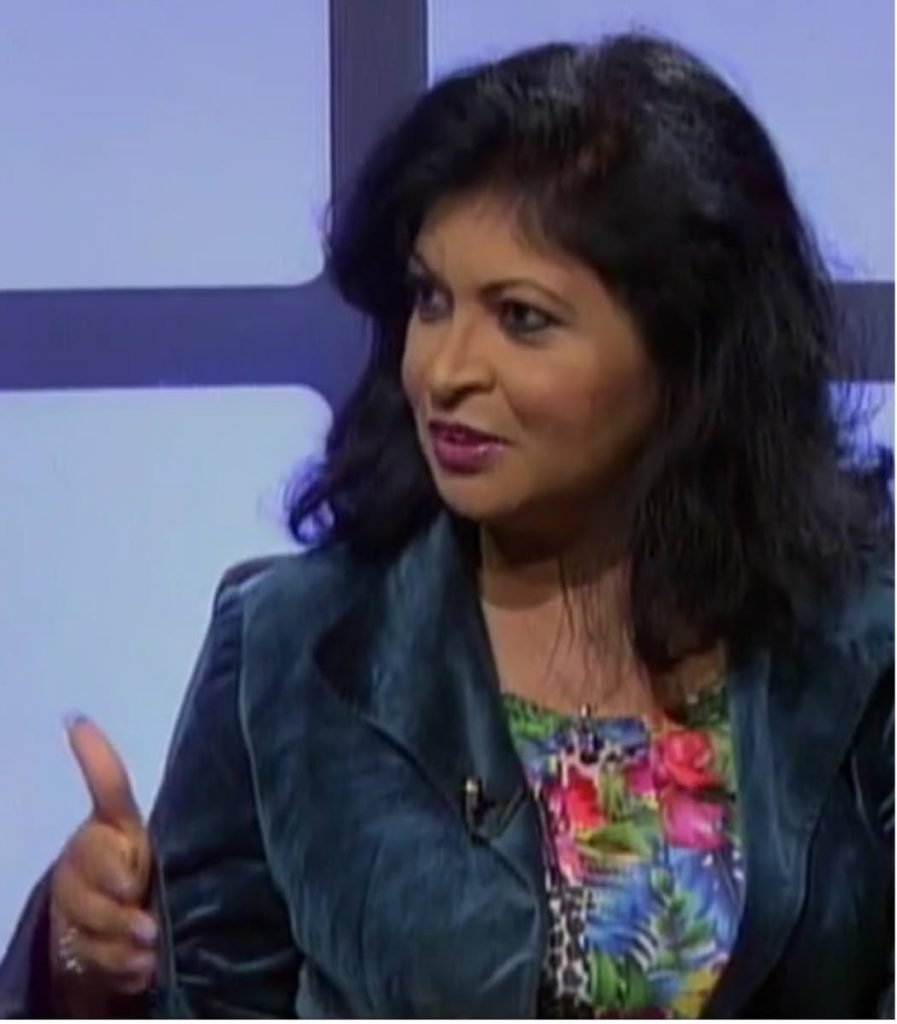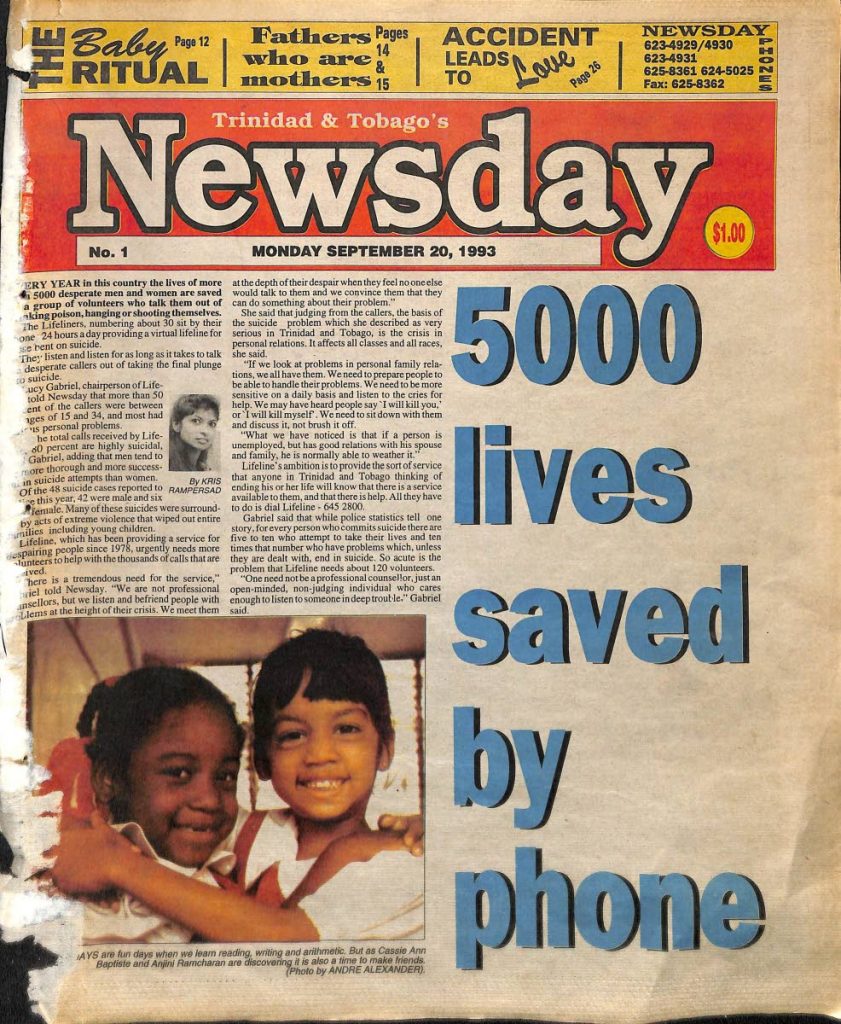‘It was a journalist’s heaven’

Dr Kris Rampersad was one of the founding journalists of Newsday and wrote its first lead story. She is now an international developmental facilitator and educator.
“First of all, I congratulate you on Newsday’s 25th anniversary! When we began, few believed it could have survived as a daily newspaper beyond the first.”
Rampersad says she didn’t “join” Newsday, but was “part of the creative team that gave it birth,” at the invitation of two of her mentors – editors John Babb and Therese Mills – “in response to a national demand for a different kind of news to counter an environment in which, not unlike today, the media was seen as an agent of negativity.”
It was, she says, a “heady and exciting time.”
She remembers being called the “Good News Reporter” when the paper was launched as “The Good News Paper.”
This approach, she explains, “essentially gave a human character and appeal to news as in the first lead story, 5,000 Lives Saved (and there were many others).
“Among the negative news being reported at the time was a spike in suicides. The story encompassed both the news element of identifying that spike, while at the same time, sounding the note of hope that the suicide hotline presents.”

The story was unusual in another way.
“Next to it was my picture byline, which was a feature that till then, by other newspapers, was only reserved for feature columnists or stories of supreme significance.”
Newsday wanted to break the mould of newspapers that focused on dramatic stories about crime and “bad news.”
“So when I presented the story to our editor in chief, Mrs Therese Mills, and she discussed it with our editorial team, we immediately agreed that it represented the exact note we wanted to sound. I don’t think there were any other stories in contention.”
By its third month, however, driven by market demand, Newsday was already beginning to change. This, Rampersad explains, was because the public had been “nurtured on…news of blood and gore. There was a sudden spike in circulation with a front-page story on a murder, which convinced the powers that be, pressured by advertisers, that that was the way to go – crime reporting.
“It takes time to change consumption habits in anything, even news.”
Still, she had some memorable times at the paper.
“Long sleepless hours; press crashes and clashes with politicians, including past and present prime ministers.
“We fostered confident journalism, not the kind that cowers before power. There was adrenaline and the excitement of conceptualising, developing, creating and crafting a story and then the excitement of seeing the newspaper the next day and receiving the public feedback, which generally glowed with praise.”
Before the new paper’s launch, she recalls, “We worked virtually 24/7 to prepare advanced stories and do experimentation and dry runs, and much into the first and second years to keep that pace.”

There were anxious moments and disappointment too. “For instance, once the press broke down and the paper did not make it out the next morning – and we decided that we could not let the day go without a paper, so it was released later in the afternoon.”
It felt as if Newsday’s journalists “were recreating the newspaper world, locally at least, from a blank canvas. Literally: advertisers were being tentative, so we had many pages for editorial space.
“That is a journalist’s heaven, the space and freedom to reconceptualize and present the world and a nation, so to speak.”
During the paper’s first year, Rampersad won an award from the Pan American Health Organization for Excellence in Health Journalism, for a story on AIDS. That, she feels, helped “enhance its profile as a newspaper to be reckoned with, and one that had come to stay.”
As for the paper’s present and future, Rampersad commented: “Even in the world of blogging, satirical and fake news, Newsday’s original vision is still relevant today.
“But we have a task of educating and empowering the industry’s stakeholders from policy-making and political levels through to the industry managers, advertisers, journalists, photojournalists, columnists – as well in shaping consumer taste for news and information.
And that’s my ‘good news’ note of optimism.”


Comments
"‘It was a journalist’s heaven’"